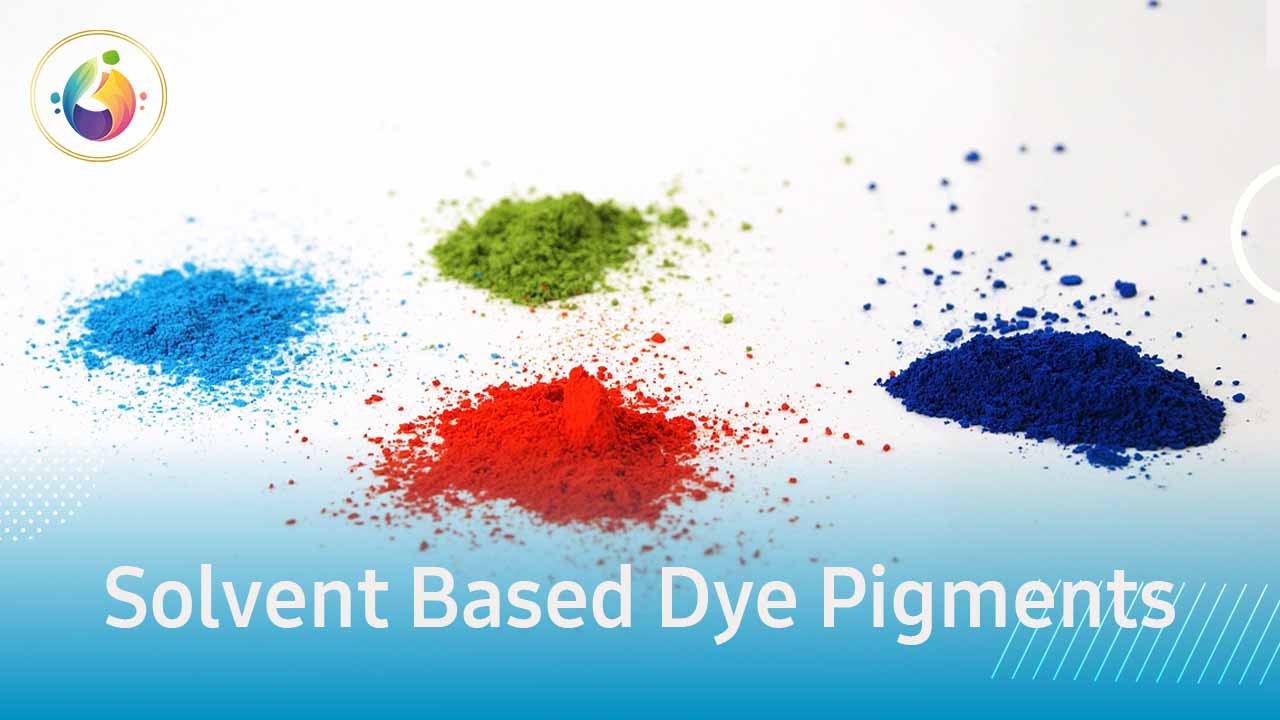
Solvent dyes are also called solvent-based dyes, are not soluble in water but soluble in organic solvents or plastics. Some of these typical solvents are non-polar mediums, such as alcohols, ethers, ketones, aliphatic and aromatic hydrocarbons, oils, fats, waxes, and chlorinated hydrocarbons. Solvent dyes form a colloidal solution in solvents, their molecules are typically nonpolar or little polar, which means the dying process does not take place through ionization.
Solvent dye is incorporated directly into the product to be colored. They are widely used for coloring organic solvents, foil printing, printing inks, marking pens, ballpoint pens, candles, oil, fats, solvents, petrol, gasoline, bitumen, polishes, leathers, wood stains, acrylic resins, varnishes and shellacs, hydrocarbon fuels, waxes, lubricants, plastics, marking inks, inkjet printing inks, dye sublimation printing, glass coloration, signaling smoke, fireworks, and in the pyrotechnics industries, gold imitation, other transparent metallic effects of metallized polyester films, and other hydrocarbon-based nonpolar materials.
However, the most frequent application of solvent dyes is in the plastics industry. Solvent-based dyes are high-quality polymer soluble dyes that are suitable for coloring engineering plastics like polystyrene (PS), styrene acrylonitrile (SAN) and acrylonitrile butadiene styrene (ABS), unplasticized polyvinyl chloride (PVC-R), polymethyl methacrylate (PMMA), polyester (PET or PBT), polycarbonate (PC), polyolefin, polyamide, acetates, nylon, PA6, PA66, polyester, acrylics, PVC, styrene monomers. They produce brilliant and transparent colors.
Solvent dyes are low migration in plastics, as long as the polymer is hot during processing the dyes are completely dissolved giving best color strength, so very low amounts will lead to deep colors. After cooling down the polymers and the dyes are made to show now migration or staining, so the dyes remain in the polymer in their initial location.
Red and yellow solvent dyes are often azo dyes, green and blue ones tend to be anthraquinone dyes. Solvent dyes have good light fastness.
The naming of solvent dyes has been standardized, following the pattern of the color of the dye (and a distinguishing number) coming after the word “Solvent.” For example, multiple shades of red solvent dyes are differentiated by the number at the end of the name (e.g. “Solvent Red 1,” “Solvent Red 49,” “Solvent Red 24,” “Solvent Red 111,” etc.).
Our success hinges on meeting the needs of multinational and regional clients. We maintain strong partnerships with suppliers who share our commitment to customer satisfaction and top-tier product quality.
HQ Address:
Koye Road- Opposite Majidi Mall- A Plaza- 5th Floor- No. 502- Erbil/ IRAQ.
Factory Address:
Gwer Industrial Organized Zone- Gwer Road- Erbil/ IRAQ.
For Information
info@mrm-co.com